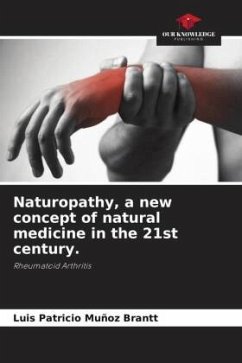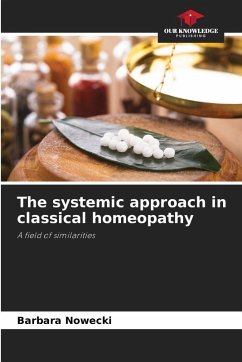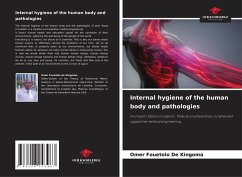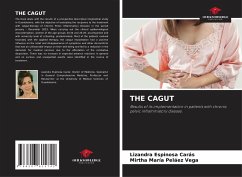
Comparison of the Arrhythmogenic Substrate of Ventricular Arrhythmias
Versandkostenfrei!
Versandfertig in 6-10 Tagen
27,99 €
inkl. MwSt.

PAYBACK Punkte
14 °P sammeln!
Taking into account that the heart has a complex structure, understanding the functionality of all its components makes it more difficult, especially when internal or external disorders intervene and partially modify the configuration of a tissue or the organ as a whole. Cardiac arrhythmias are caused by electrical and structural transformations of the heart, in some cases due to congenital alterations and in others acquired, such as Chagas disease or coronary heart disease. In our Clinical Electrophysiology Service of the Posadas Hospital, under the direction of Dr. Claudio de Zuloaga, we hav...
Taking into account that the heart has a complex structure, understanding the functionality of all its components makes it more difficult, especially when internal or external disorders intervene and partially modify the configuration of a tissue or the organ as a whole. Cardiac arrhythmias are caused by electrical and structural transformations of the heart, in some cases due to congenital alterations and in others acquired, such as Chagas disease or coronary heart disease. In our Clinical Electrophysiology Service of the Posadas Hospital, under the direction of Dr. Claudio de Zuloaga, we have followed the evolution of patients with severe ventricular arrhythmias for years. The subject of analysis of the text is the functional and evolutionary changes, observing different clinical expressions of the arrhythmogenic substrate, such as arrhythmia morphology, haemodynamic tolerance, sensitivity to pharmacological treatment and others, comparing both heart diseases.












